“POSITIVE.” There it was, in unmissable bright red ink across a full page of words I didn’t want to read; as if to say, look, there is no escaping your predicament. No such thing as out of sight, out of mind when you test positive for COVID-19. It’s simply everywhere all the time, even if you resort to home care.
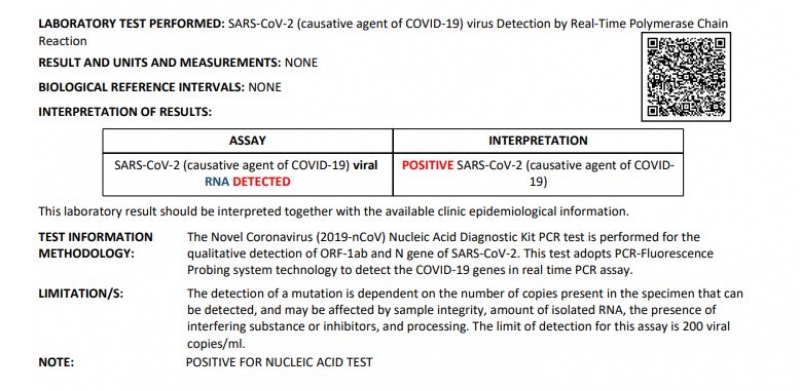
A portion of my COVID-19 test.
I no longer recall what felt worse. Taking the confirmatory phone call from our kind-hearted doctor who was trying to keep me in high spirits, reading the email results that were sent shortly after, or the symptoms themselves. And boy oh boy, were the symptoms on full display: intense heat blazing through my body, diarrhea, fatigue like I’ve never experienced before, alternating chills and sweats, cough, congestion, breathlessness, perpetual dizziness, and of course, loss of smell.
That was in March, when I was still unprotected by the COVID-19 vaccine. Here I am, months later, ready to talk about our household’s bout with COVID-19 and how we dealt with the situation. I hope that people who now find themselves in a similar situation might gain comfort and hope from this story of recovery.
Days leading up to testing positive
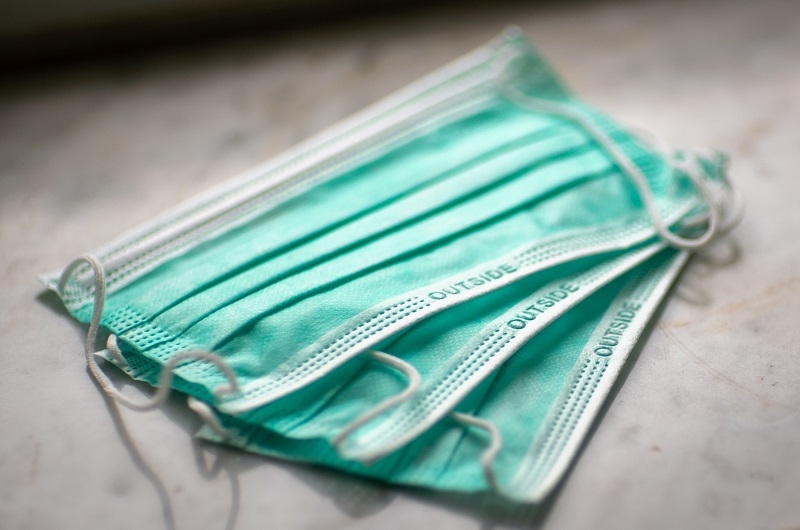
Image credit: Mika Baumeister
I should have known something was up. Runny nose, cough, feverish feeling — I wrote it off as flu. But when the chills and sweats began to bother me even in my sleep, coupled with episodes of upset stomach, my gut told me this was different.
Ultimately, I knew I was in trouble when I could no longer focus on my laptop screen. Seeing such bright light was enough to make me queasy; and my body felt like its own furnace. I was burning, yet the thermometer kept telling me I didn’t have a fever.
The way I was feeling also kept vacillating between bursts of energy (yay, I’m getting better!) and debilitating lethargy (oops, I’m getting worse). Later on, I realised this would be a recurring theme in my entire COVID-19 home care journey.
To make things worse, all four of us in the house — me, my mother, and two of our housekeepers — were experiencing similar symptoms. After virtual consultations with our attending physician, we decided to get tested. Perhaps the only good thing about what happened was, prior to showing symptoms, we had been staying at home for a little over a week. This would have hopefully lessened the reach of our infection; the fewer people we interacted with, the fewer chances of spreading the virus.
Home testing for COVID-19
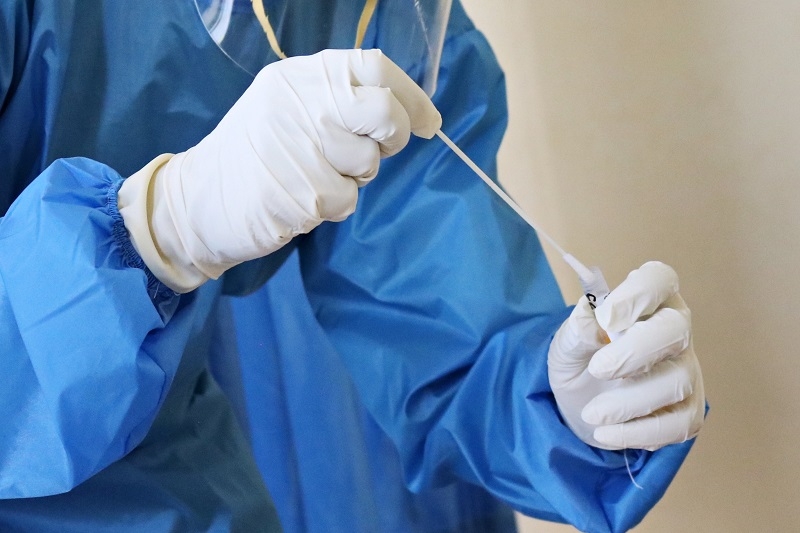
Image credit: Mufid Magjnun
Since we already had a hunch that we would test positive for COVID-19, we chose to avail of home testing to lessen our contact with other people. In the Philippines, where public health services are limited (and are often an avenue for corrupt government officials to pocket public funds), convenient and free COVID-19 testing is hard to come by. More so at the time of our infection, when a lockdown (called Enhanced Community Quarantine) was imminent due to rising COVID-19 cases in the capital.
I didn’t want this article to turn out into a rant about how my home country has been (mis)managing COVID-19, but I will say this: If you have access to free and convenient healthcare, consider yourself lucky. For our home RT-PCR tests alone, we spent ₱4,500 (~S$119 or ~US$89) per head, per test; that’s ₱18,000 (~S$476 or ~US$354) for our household of four. One can only imagine the financial and logistical burden of COVID-19, especially for families who have no access to emergency funds, and proper facilities for home care and quarantine.
Personal contact tracing
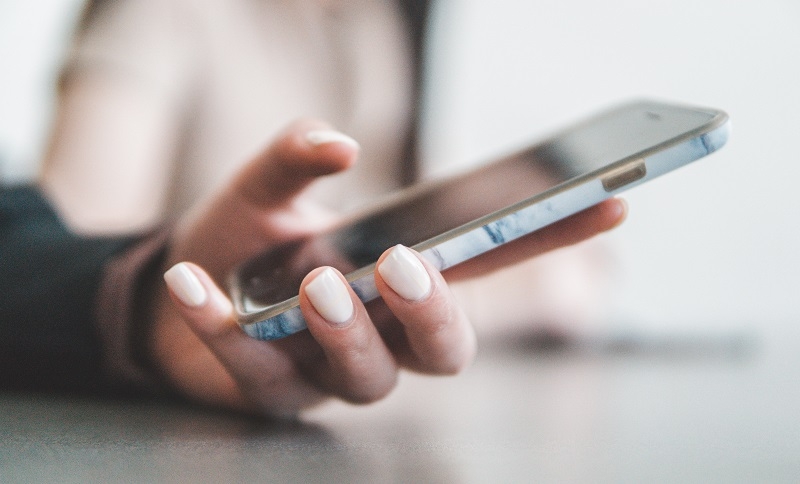
Image credit: Jae Park
The physician who handled our COVID-19 testing, Dr. Bubi, was sympathetic enough to deliver the (bad) news via phone call. We tested positive. What next? Since, at that point in time, the national government would have not assisted us with contact tracing, we had to be responsible for ourselves and our loved ones. Then came contacting the people we had interacted with within a two-week timeframe.
Fortunately, we had kept our social circle small ever since the pandemic broke out. Unfortunately, at the time of our infection, my family was in the middle of moving residences; so my father was living in a new address with my younger brothers, while the rest still occupied our old house. That left us with four persons of interest: my dad, two of my brothers, and my boyfriend (who was living alone in an apartment).
Only my dad showed symptoms shortly after; my brothers were in the clear. Like us, he underwent COVID-19 home care and strict isolation. My boyfriend, on the other hand, tested positive for COVID-19 the following month from contact unrelated to our household’s infection. He, too, recovered after 2 weeks of COVID-19 home care.
I mentioned this to illustrate how easy it is for non-vaccinated individuals to get entangled in the sticky web of COVID-19 infections for as long as an infection cluster is active in your locale. If you start seeing symptoms, isolate yourself at home!
P.S. To be fair to our local government units, they contacted us to confirm that we were in the database for COVID-19 monitoring within our area.
What COVID-19 felt like
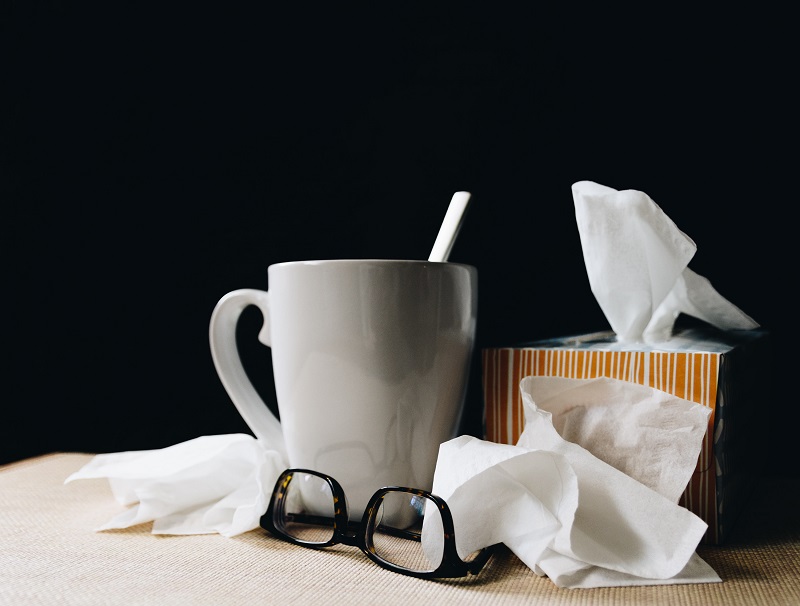
Image credit: Kelly Sikkema
I’ve been going on and on about my symptoms, but let me summarise to give you an idea of how harrowing COVID-19 can be even if it’s categorised as mild enough for home care. This is what COVID-19 was like for me:
- I don’t know how else to describe it, but it was as if my body was slowly burning from the inside out. The peculiar thing was how the pervading heat never really registered on our thermometers. So while we were blazing inside, we technically did not run fevers all throughout the entire ordeal.
- I’m the type of person who works even when sick. But when I had COVID-19, I was glued to my bed for a full week without so much as a peek into emails. Too tired to do anything — that’s exactly how it felt.
- Even breathing became a chore at times. On several occasions, I had to rest or sleep in the prone position; something recommended for COVID-19 patients.
- Diarrhea, dizziness, and nausea. My tummy couldn’t hold anything in on some days.
- Loss of smell, which made everything taste bland. I was convinced, though, that I could still tell apart sweet from salty. But the lack of scent totally ruined my appetite. For the first few days, all I could stomach was oatmeal and soup.
- Muscle pain, and lots of it especially at bedtime. There were moments when leg spasms would rouse me from sleep.
- With the heat came dryness — of the skin, our lips. At times it even felt like our eyeballs were going dry.
- With the heat came sweats, too, which alternated with chills. Sometimes, we would wake up drenched in sweat, so we’d set our blankets aside. But then chills would follow so we would bundle up, only to sweat profusely in our sleep yet again.
- Basically all symptoms of the common cold but worse: sore throat, cough, runny nose, headache.
- COVID-19 also triggered my asthma attacks. There were times I couldn’t talk because it would only make it harder for me to breathe. It was the same for my mom, who wasn’t even asthmatic but had heart-related comorbidities.
COVID-19 home care tips
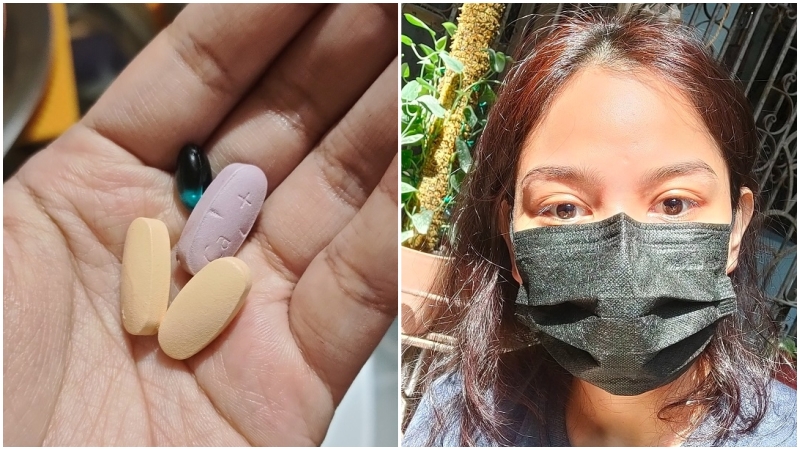
(L-R) Just some of the pills we took on a daily basis; me toward the tail-end of our COVID-19 quarantine, finally getting some sun in our garden area.
Since my mother and I had comorbidities and were unvaccinated at that time, our fear was needing to go to the hospital. Gargantuan healthcare fees and emergency room horrors aside, what scared us the most was that hospitals in Metro Manila were almost in full capacity at the time of our infection.
What did that mean for Filipinos living near the capital? If you were COVID-19 positive and you needed emergency care, hospitals may actually turn you away or make you wait in line (sometimes for days) simply because they were already filled to the brim. Telltale signs of a country’s failure to manage COVID-19 infections as well as the government’s crumbling healthcare policies prior to the pandemic.
And so, COVID-19 home care it was for us. The hospital was our last resort. We were lucky enough to have been guided through COVID-19 home care by our attending physician, Dr. Tordesillas, who already witnessed many cases like ours. For as long as our oxygen levels were fine, we would be fine at home, too.
So what exactly did COVID-19 home care entail? Strict adherence to supplements and meds that helped us manage the symptoms, isolation, rest — and lots of it.
COVID-19 home quarantine
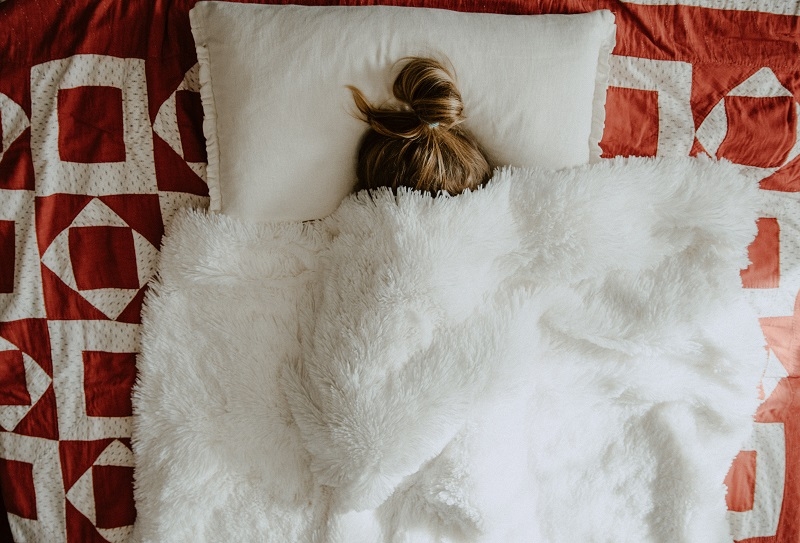
Image credit: Kelly Sikkema
For most people infected with COVID-19 carrying out isolation at home, the first question would be: Are your quarantine facilities adequate? If not, you would be pulled out from your home and sent to an assigned quarantine facility.
I’m not saying I’m thankful that everyone in our household tested positive, but it certainly lessened the complications; we didn’t have to be so scared of running into each other at home. While we all had separate bedrooms, the interaction among us four wasn’t so scarce because we were all following the same quarantine timeframe, which officially began when we tested positive.
The rule was simple: Nobody was allowed in and out of the house; literally no contact with people outside of our household of four. Deliveries we received after our initial two-week isolation were placed right outside our gate, which was constantly disinfected. How then would other people manage if they lived alone and had no assistance from the outside? We were lucky because we had groceries and supplies regularly delivered to our residence. But what about the others?
Lastly, to be sure, we isolated ourselves at home for a full month before stepping outside again. And we did so only to get the tests needed post-COVID, to make sure we were all in tiptop shape — that there were no residual complications such as inflammation of the lungs or heart.
COVID-19 home care kit
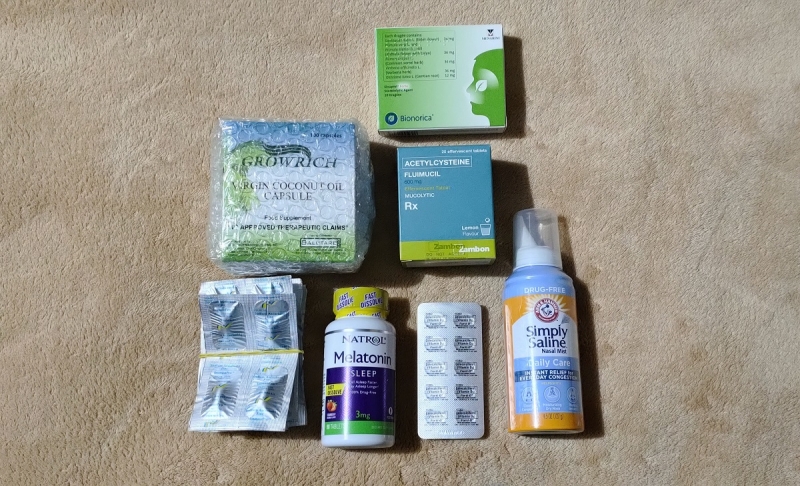
Just some of the items that helped us through COVID-19 home care.
What aided our recovery was a COVID-19 home care kit we put together ourselves, after back-to-back consultations with our attending physician. This was the same COVID-19 home care kit I sent to my boyfriend a month later when he was infected and had to isolate himself in his apartment. What was inside these COVID-19 home care kits?
- Antivirals or flu treatment medicines that helped alleviate our symptoms.
- Paracetamol, for headaches, fever, and mild body pain brought about by inflammation.
- Virgin coconut oil (VCO), which, according to local studies, helps hasten recovery. Apparently, acids found in VCO also decreased the replication of virus cells in the host’s body. We went with VCO capsules.
- Decongestants for our stuffy noses. We opted for effervescent tablets that dissolve in water.
- Cough syrup; pick one that matches your case. Dry cough? Productive cough with phlegm? Mine had a bronchodilator to help open up my airways since I had asthma.
- Nasal spray to ease decongestion. We previously resorted to saline spray, but now our home care arsenal includes Covispray, which is specially formulated for COVID-19.
- Throat spray to relieve sore throat. Mentholated throat sprays like Betadine and Kamillosan also have antiseptic ingredients.
- Vitamin D3 800 IU (on top of getting sunned).
- Vitamin C with Zinc to boost your immune system. Multivitamins are fine, for as long as they’re high in Vitamin C and Zinc. We tripled our usual dose for 15 days and tapered down afterward.
- Melatonin for restful sleep. Your body will need to recuperate, and you will need help sleeping through cramps, breathing difficulties, and excessive coughing. Additionally, melatonin has anti-inflammatory effects.
- Oximeter, thermometer, blood pressure machine — tools to help you monitor vital signs daily.
Of course, it goes without saying that first and foremost on your COVID-19 home care plan should be consultations with your doctor. While over-the-counter anti-COVID medication isn’t available yet, I must maintain that what worked for me and my family may not necessarily work wonders for other people, too.
COVID-19 home care reminders
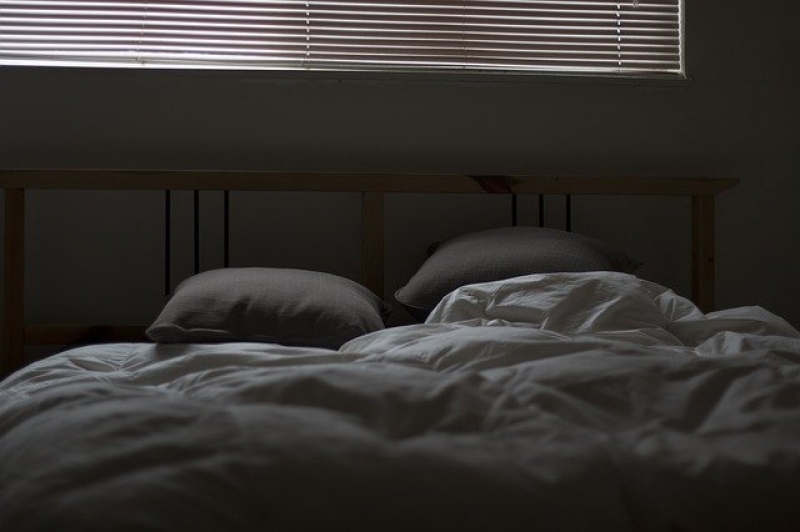
Aside from regular updates with our attending physician and commitment to the supplements and meds we had to take, what really helped was ample rest. When I hadn’t tested positive yet, I made the mistake of squeezing in a quick workout session, which could have proven disastrous if my body wasn’t strong enough. After that workout, I felt energised but I quickly took a turn for the worse the following day. The lesson? Don’t overexert if you’re feeling under the weather because you might just be sick with something worse than the flu.
Other reminders that helped me were pretty basic, but easily forgotten on regular days: Hydrate and get some sun! Do this even when you aren’t sick. Don’t wait for a doctor to tell you how crucial these things are.
More than the physical strain, COVID-19 takes an emotional toll on people. You’ll soon find that self-care in isolation is easier said than done; not to mention the social stigma once you test positive. Some people like keeping in touch while carrying out isolation, but others find phone or video calls (both physically and mentally) tiring no matter how well-intended they are. So, be kind to yourself. If a person close to you is unwell in quarantine, be kind to them, too. And for heaven’s sake, let them rest.
Also read: 7 Self-Care Tips to Protect Your Mental Health During the COVID-19 Pandemic
What the virus taught me about this pandemic
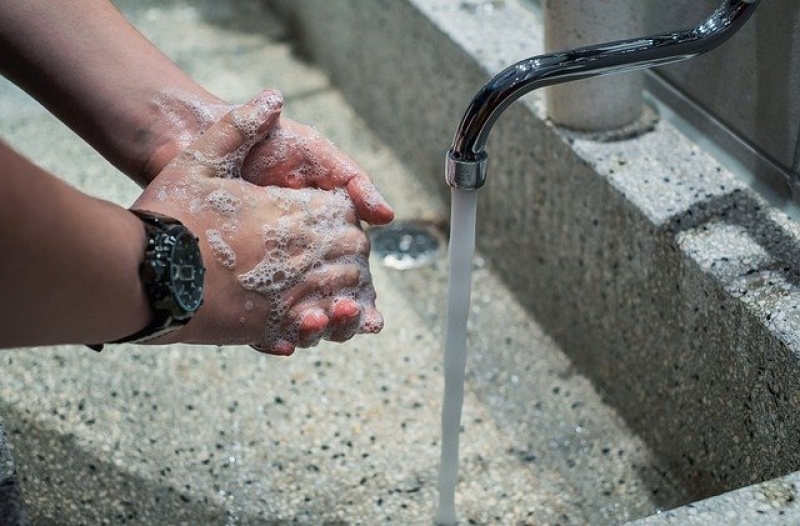
If anything, catching this rabid strain of Coronavirus buttressed something I already knew: We are surrounded by things that are out of our control. And yet, surely there were things I could have controlled better to avoid testing positive for COVID-19.
At first, I was wracking my brains trying to figure out where on Earth I got it. I thought I was being careful enough. Then it hit me — it shouldn’t matter. I will never know where exactly I caught the virus; where it first made contact with my body; the very instance when COVID-19 took hold of my immune system. But, at least I was responsible when I started showing symptoms.
There are times I still feel guilty, thinking that I could have been spreading the virus myself long before the symptoms showed up. But I circle back to two things: That amid this pandemic’s uncertainty, life goes on and you must be prepared; second, where there is so much room to point fingers, choose to be rational, responsible, and kind.
And oh — mask up, get that jab, wash your hands, avoid crowds.





